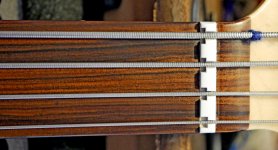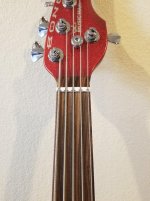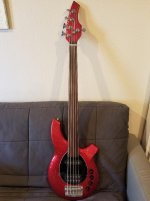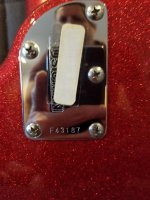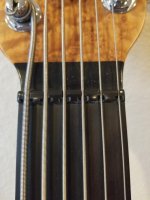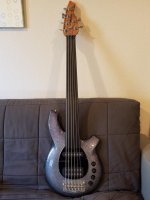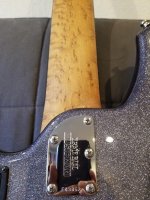danny-79
Well-known member
Just a quick question regarding the compensated nut.
In short what size string gauge are they cut for ?
I know that from factory they are shipped with a 100-45 gauge set.
I currently use a 105-50 set with no problems.
What is the maximum gauge possible to use before the files need to come out ? (Not that I plan on messing with it just curious to know as never tried anything heavier than stated)
My second Stingray with a standard nut handles the BEAD 130-65 set
In short what size string gauge are they cut for ?
I know that from factory they are shipped with a 100-45 gauge set.
I currently use a 105-50 set with no problems.
What is the maximum gauge possible to use before the files need to come out ? (Not that I plan on messing with it just curious to know as never tried anything heavier than stated)
My second Stingray with a standard nut handles the BEAD 130-65 set


